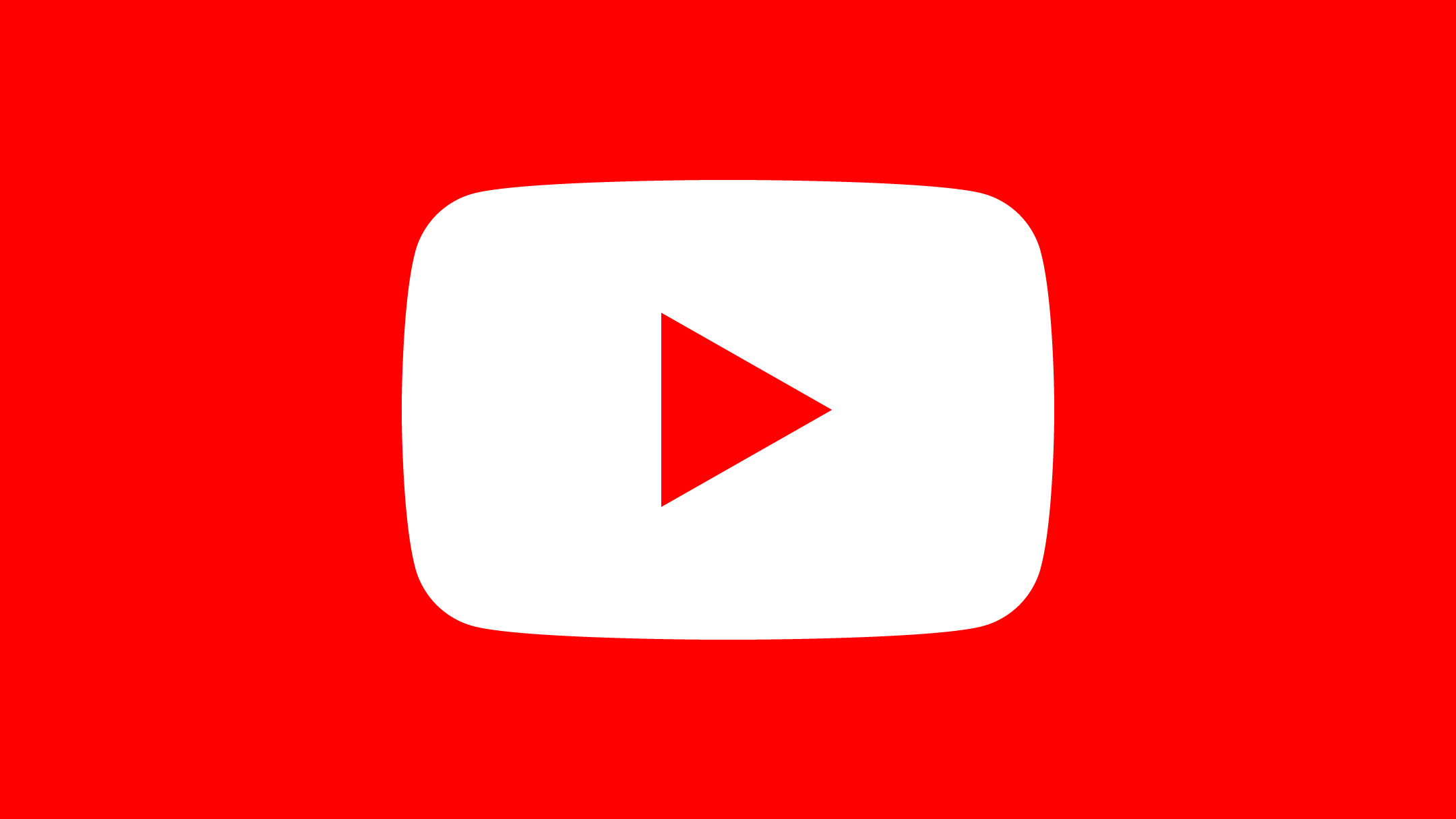With more people streaming video than ever before, there’s no doubt that screens are capturing a greater share of attention. From sports to self-care, viewers are watching more of what matters to them, giving advertisers more opportunities to reach them at their most engaged. Of course, that also means advertisers must stand out in a sea of content.
These brands did just that. Through personalization and participation, they pushed the boundaries of video to connect with people. Their creative campaigns were recognized as part of our YouTube Works Awards, an annual, global celebration of the best campaigns across YouTube that not only captivated audiences, but also generated results. As you think about video creative for your next campaign, consider these lessons from some of the world’s most effective YouTube work.
Let audience insights guide video personalization
People don’t hate ads — just bad ads. And they all have different preferences. Fortunately, personalization doesn’t require producing a million ads for a million different people. It only requires a slight adjustment to better address their needs. So what if, instead of interrupting the viewing experience, ads tailored to each viewer actually complemented it?
Samsung U.S. recently answered this question. Instead of running one-size-fits-all hero creative, the brand took a more personalized approach in its campaign for the new Galaxy Note10. In their research, the marketing team identified three key audience segments: gamers, creators, and entrepreneurs. Then they found each segment’s most-searched “how to” videos — for example, “game tips” for gamers — and created ads with Director Mix that had a similar look and feel to the content people were about to watch. Based on what the viewer needed, each ad showed how the new device could help.
What if, instead of interrupting the viewing experience, ads tailored to each viewer actually complemented it?
This personalized approach led to a 557% boost in viewer consideration, 27% lift among non-Samsung owners, and nearly 900,000 Samsung carrier store visits, winning the YouTube Works Award for Media Innovation.
Land a message, not a sales pitch
While video personalization can be a key to unlocking growth, sometimes the best ads aren’t even ads at all. This proved true in Brazil for makeup brand Avon, which leaned on the power and influence of tutorials. Armed with the insight that 79% of beauty consumers believe that “reviews and tutorials act as a physical test of products and help [them] decide what to buy,” Avon partnered with popular beauty creators to broadcast an eight-hour live stream using YouTube Premieres. Filled with makeup tutorials and exclusive deals on feature products, this approach led to 3X more website visits and 36% more online purchases.
Involve consumers in the process
From inception to production, marketers have an opportunity not only to gain insights from audiences, but also to directly involve them in evolving the product. With the goal of increasing awareness and recruiting a taste-testing group, Kellogg’s special-edition Chex Green Onion cereal in Korea launched a new campaign that revisited an old competition.
After coming in second place in the Kellogg’s flavor competition 16 years ago, Green Onion–flavored Kellogg’s Chex cereal returned with a creative apology message and a behind-the-scenes look at the development process. Kellogg’s leveraged formats like six-second bumpers, TrueView discovery, and custom audiences to attract attention and invite customers to help reinvent the product as part of a taste-testing team. As a result of the campaign, Kellogg’s Chex Green Onion cereal sold out and saw a 17% increase in market share. They also recruited 14,000 people to the taste-testing group and added 1,400 new channel subscribers.
Marketers have an opportunity not only to gain insights from audiences, but also to directly involve them in evolving the product.
By encouraging customers to be part of your brand’s journey, you can also create excitement and generate a buzz that will get people talking. Another brand that saw the value in interacting with their audience was McDonald’s Malaysia. Leveraging the rampant “fake news” climate as Malaysia dealt with the COVID-19 pandemic, McDonald’s Malaysia ran a video campaign educating consumers on the need to validate their news on Search before sharing it widely — at the same time warning them that they can search for anything except “viral fried chicken.”
Playing to the power of reverse psychology, knowing that’s exactly what Malaysians would do, McDonald’s successfully drove customers to search for “viral fried chicken.” This resulted in renewed hype for McDonald’s fried chicken — essentially fulfilling their prophecy of going “viral” — surpassing their initial target of 12,000 searches by 3X. Paired with the effective combined use of YouTube channels and Search, overall impressions for the brand was boosted by over 84,000 searches a day over a 7-day period. Sales also increased by 15% on launch day versus the previous week, with McDelivery transactions boosted by 40%.
Instead of simply listing the model’s feature benefits, Volkswagen created a treasure hunt. They hid clues throughout their ads that people could use to find the coordinates of the car, and the first to find it got to keep it. This interactive campaign garnered impressive results, contributing to a 669% increase in website traffic, and won the Media Innovation and Grand Prix awards.
As you think about your next video campaign, consider the creative lessons this work from around the world has to offer. Leaning into personalization, meaningful messaging, and customer participation will not only engage audiences, but drive results for your business.
Visit YouTube Works to learn more.







